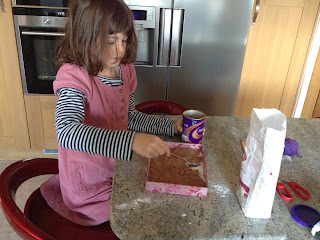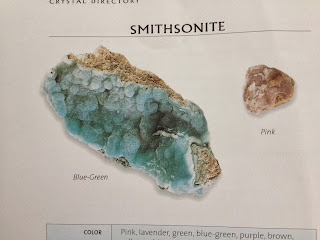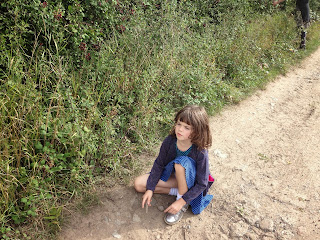We are doing science with magnets!
We fished fish to see if the fish were magnetic. They were magnetic because we used a magnetic fishing rod to fish them. We did not think the magnets would work in the water. They did!!!

We made a magnetic racing car. We put another magnet under the table to see if the racing car would go and it did! So magnets work through liquids (water) and solids (table top).
Magnets have two different sides. They have a north and south side. These are called POLES. The north and south or south and north stick together. If they are the same, they do not work. We know that OPPOSITES ATTRACT.
We also tried to find out if there is iron in our breakfast cereal. Our experiment did not work, but it was interesting.
Everyday objects - which ones are magnetic?...
10p x
cereal x
keys yes
hairslide yes
knife yes
5p x
1p yes
2p x
radiator x
IRON FILINGS
Iron filings are tiny particles of iron. Iron is a METAL. We put a magnet underneath the piece of card that had iron filings on the top. When we moved the magnet around, the iron filings moved around!!!
I made some butterflies and got them to fly using magnets.





































